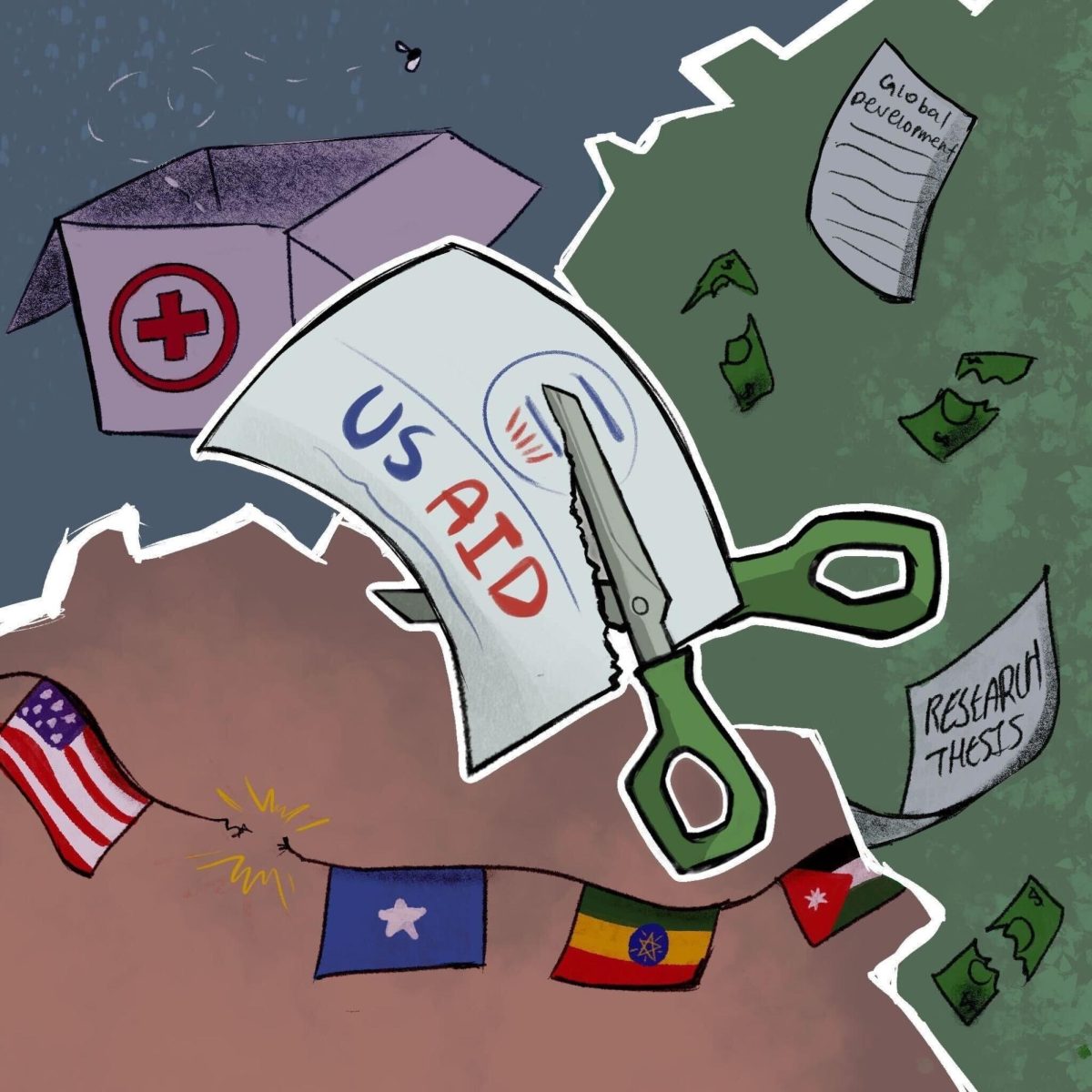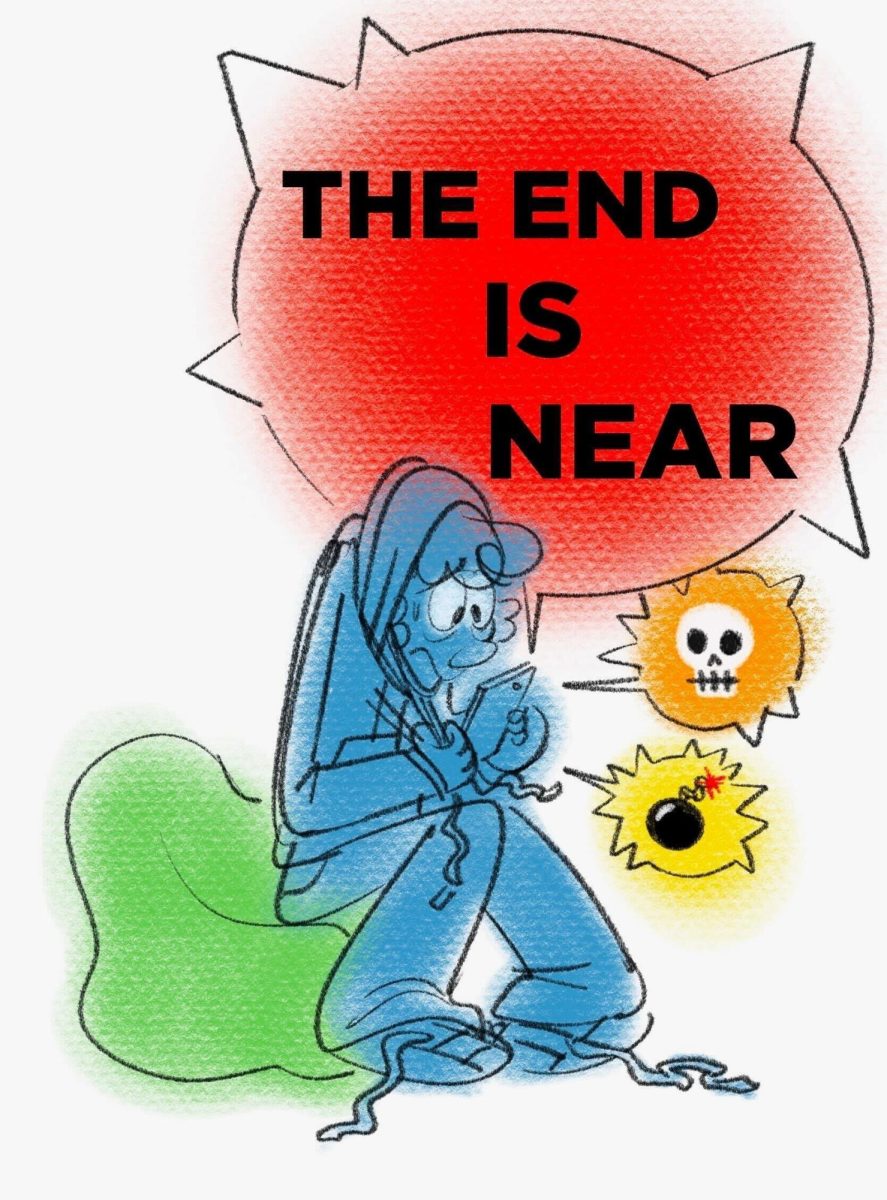WASHINGTON — Americans face a high risk of terrorist activity along the U.S.-Canadian border, where less than 1 percent of the 4,000-mile stretch is adequately protected, according to a government report released Tuesday.
“”To me, this report is absolutely alarming,”” said Sen. Joe Lieberman, a Connecticut independent and the chairman of the Senate Homeland Security Committee, which released the report.
At a news conference on Capitol Hill, Lieberman said the northern border, which extends from Washington state to Maine, is providing “”easy passage into America by extremists, terrorists and criminals whose purpose clearly is to harm the American people.””
The report said the northern border, a quarter of which adjoins federal or tribal lands, poses a higher risk to public safety now than the U.S.-Mexico border. Lieberman said the northern border is nearly twice as long and is lined with large population centers that make it harder to detect criminal activity. In addition, he said, Canada now has more Islamist extremist groups than Mexico does.
“”It is not too much to ask that our government be able to at least detect all illegal entries along the border, so we can get this information into the hands of law enforcement agencies that can then make the arrests,”” Lieberman said.
He added that the report by the Government Accountability Office, the watchdog arm of Congress, should be “”an urgent call for action.””
However, Rep. Rick Larsen, a Washington state Democrat whose district includes about 100 miles of the northern border, said it’s wrong to imply that the border “”is just being left open for people to walk across with impunity — that’s just not the case.””
“”I think Senator Lieberman needs to get out more,”” Larsen said. “”To imply either that our border with Canada is undefended or unsafe does not at all recognize the cooperation that occurs every day between local, state and federal law enforcement and their partners in Canada.””
The report found that only 32 miles of the 4,000-mile border “”had reached an acceptable level of security.”” It said that federal officials had the capability to detect illegal border crossings along only 1,007 miles of the border.
The report criticized federal agencies for not doing enough to cooperate with each other and to share intelligence information.
Sen. Carl Levin, D-Mich., said he fears that border security in Detroit has been hindered because of a lack of cooperation among agencies in Michigan.
“”Any failure to coordinate efforts between agencies that weakens security on the northern border is totally unacceptable,”” he said.
Last year, the federal government spent nearly $3 billion to crack down on illegal activity along the border, making about 6,000 arrests and intercepting nearly 40,000 pounds of illegal drugs.
But the report said the government’s not doing enough.
The report suggested greater federal oversight to reduce “”potential exploitation by terrorists, alien smuggling, trafficking of illicit drugs and other contraband and criminal activity.”” But it concluded that trying to secure the border would be “”a daunting task.””
Sen. Susan Collins of Maine, the ranking Republican on the Homeland Security Committee, said large amounts of methamphetamine are entering the U.S. from Canada.
And with so much focus on securing the U.S.-Mexico border, she said, terrorists will look to the north to gain entry to the country, looking for “”the weak link”” in the system.
“”It is very clear from this report that the United States remains very vulnerable,”” said Collins, whose state includes 600 miles of the border. “”It is truly shocking that we have total control of 32 miles of a 4,000 mile border. … There is a great deal of work to be done.””







